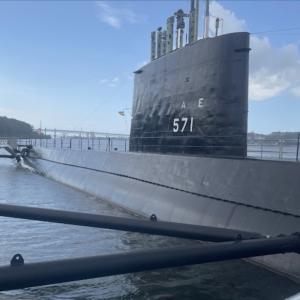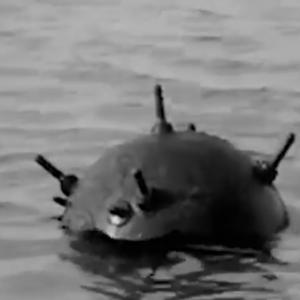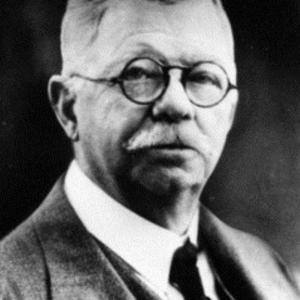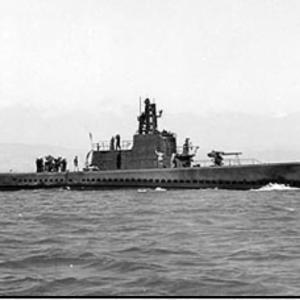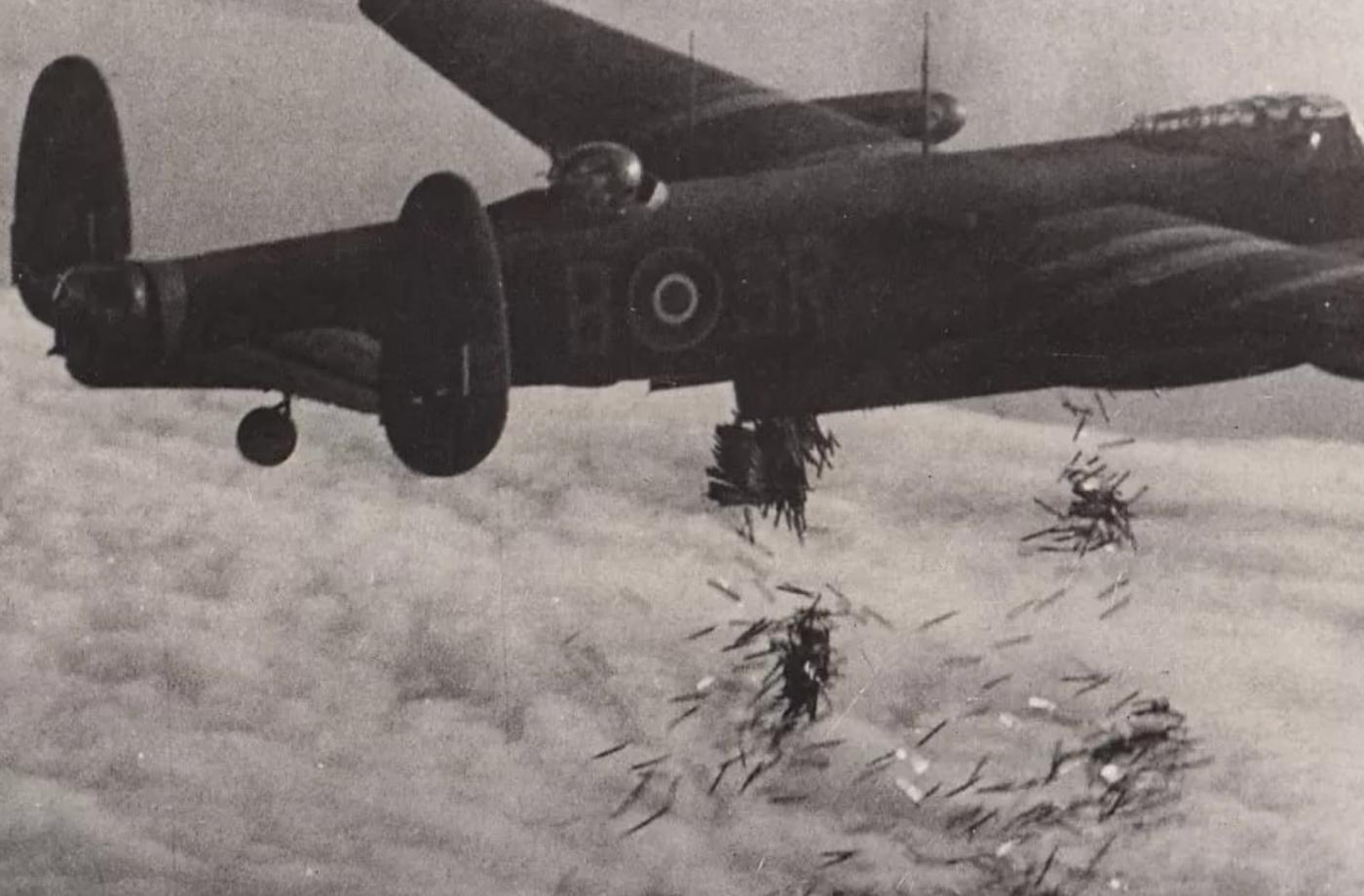
Window “chaff” WW2 radar blocker
During World War II, radar technology changed the nature of air combat. It gave nations like Britain and Germany the ability to detect enemy aircraft long before they arrived. But in response to this technological leap, the Allies developed an ingenious and deceptively simple countermeasure. Known by its codename "Window," it was a tactic that used strips of aluminum foil to fool radar systems and conceal the movements of aircraft.
The concept of "Window" was first proposed in 1937 by British physicist Robert Watson-Watt, a pioneer of radar development. The practical design of the strips was refined by Joan Curran, a Welsh physicist working with the Telecommunications Research Establishment, Britain’s secret radar research organization. Curran developed the idea of cutting aluminum strips to half the wavelength of German radar frequencies, maximizing their reflective properties. Her contributions were instrumental in turning "Window" from theory into operational reality.
"Window" consisted of thousands of thin aluminum strips, usually about 25 centimeters long and 1.5 centimeters wide, designed to reflect radar waves. When these strips were dropped from aircraft, they slowly descended through the air, creating a cloud of false echoes. On enemy radar screens, these echoes mimicked the signature of real aircraft formations, making it nearly impossible for operators to distinguish between real targets and decoys.
Radar systems operate by emitting radio waves and detecting the reflections that bounce back from objects. Aircraft provide a strong return signal, which radar operators can track. However, the reflective properties of the aluminum strips in "Window" meant that they could generate a similar signal. When released in large volumes, these strips overwhelmed radar displays with countless phantom blips, effectively jamming the system or creating the illusion of large bomber fleets where there were none.
The manufacturing of "Window" was undertaken rapidly once the tactic was approved. Several British factories, including those associated with the Ministry of Aircraft Production, were tasked with producing massive quantities of the foil strips. Workers cut and bundled chaff by hand in the early stages, but as demand grew, more automated methods were introduced to meet the needs of sustained bombing campaigns.
The first major use of "Window" came during Operation Gomorrah in July 1943, a massive Allied bombing raid on Hamburg, Germany. British bombers released tons of foil along their flight path. German radar-guided night fighters were misdirected, anti-aircraft guns fired into empty skies, and the real bomber formations reached their targets with reduced opposition. The operation caused widespread destruction in Hamburg and demonstrated the devastating effectiveness of radar deception.
Interestingly, both the Allies and the Axis powers had been aware of the concept behind chaff from early in the war. However, neither side used it at first due to mutual fear of retaliation. The British, in particular, were concerned that if they deployed "Window," the Germans would adopt the tactic and blind Britain’s radar-based air defense, especially critical during the Battle of Britain. This silent standoff lasted until 1943, when the British finally decided the strategic benefits outweighed the risks.
After the war, "Window" evolved into what is now commonly known as chaff. Modern versions are more sophisticated, made with synthetic materials and designed to counter advanced radar systems. Yet the core idea remains the same: to disrupt and confuse enemy detection systems with a simple but effective cloud of radar-reflective material.
"Window" was one of the earliest and most successful examples of electronic warfare. It turned the tide in key operations not by adding more firepower, but by using deception and misdirection. In doing so, it highlighted a new dimension of modern warfare—one where controlling information and perception could be as powerful as bombs and bullets.

